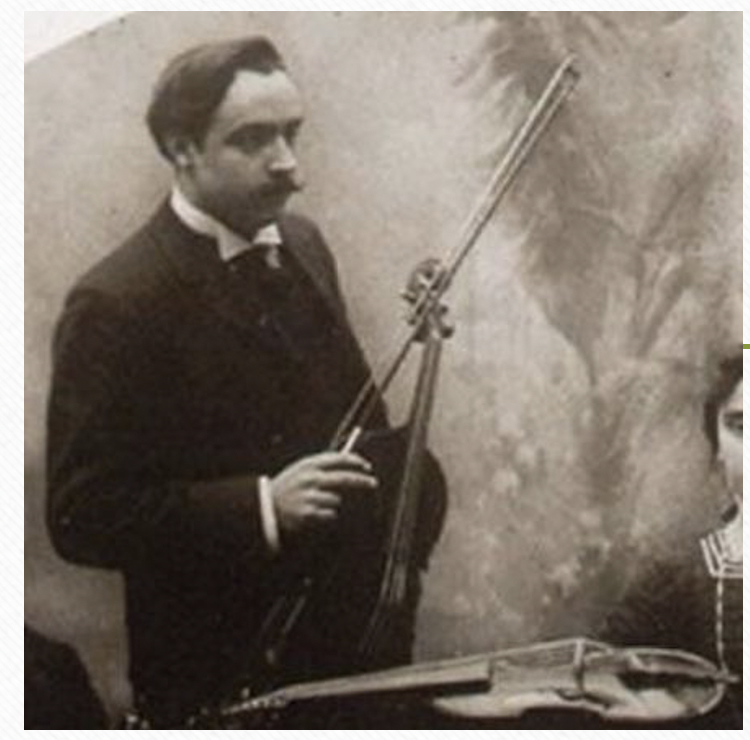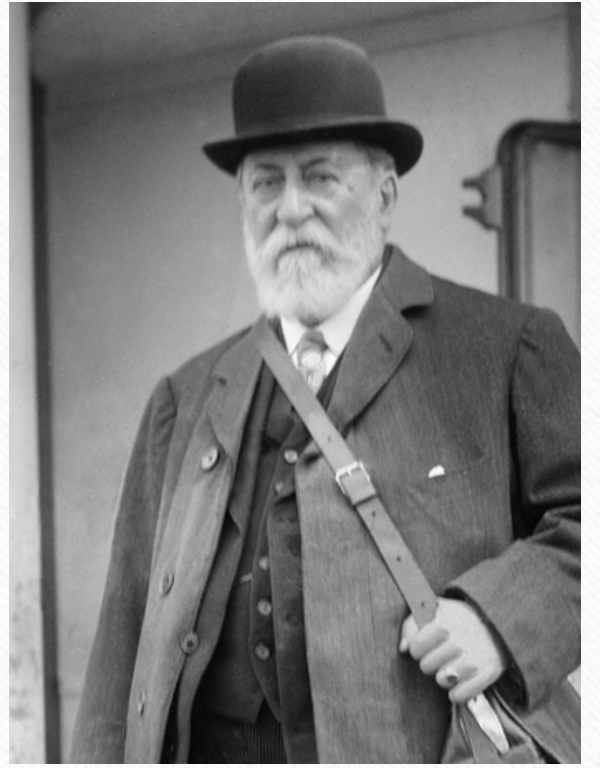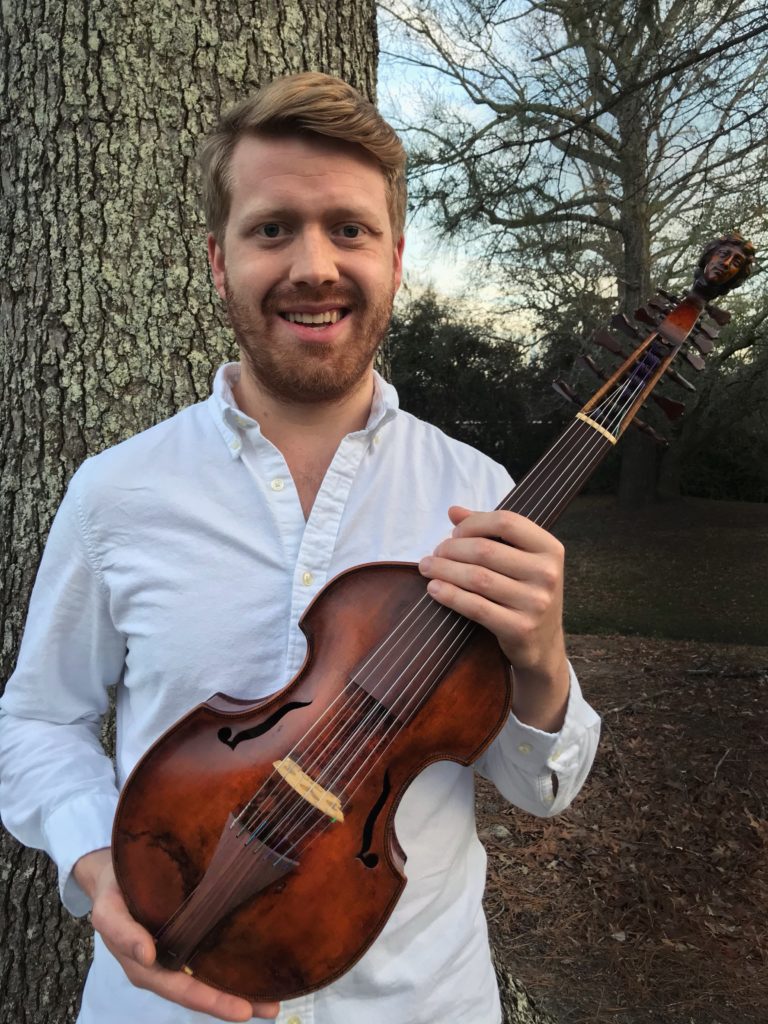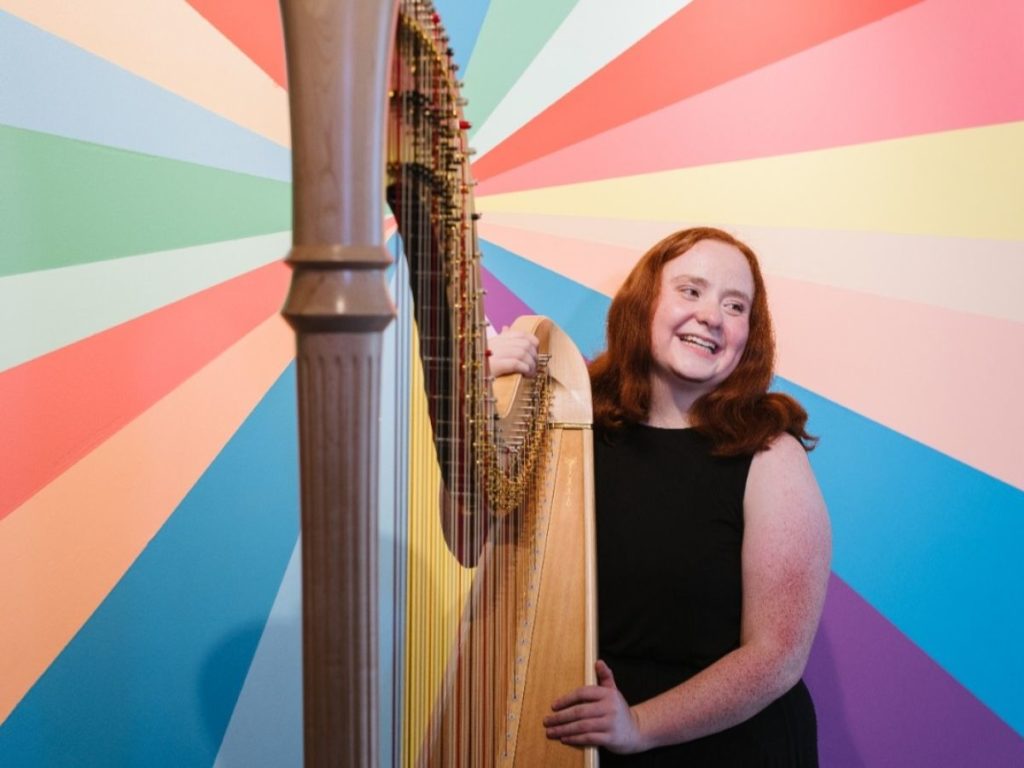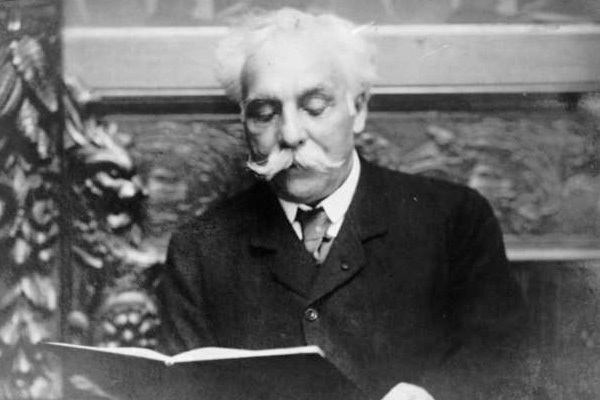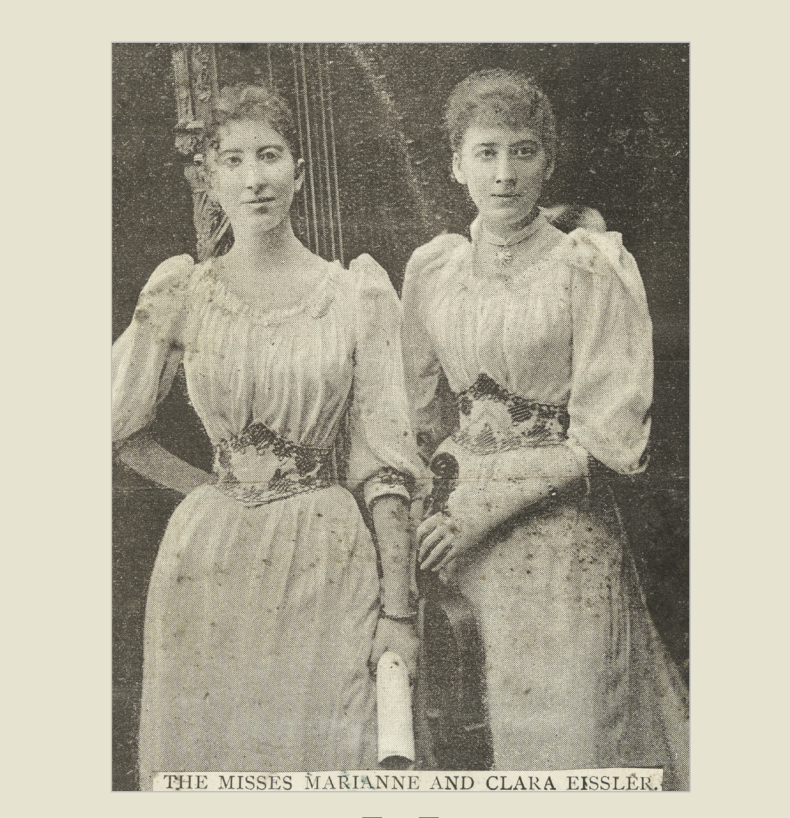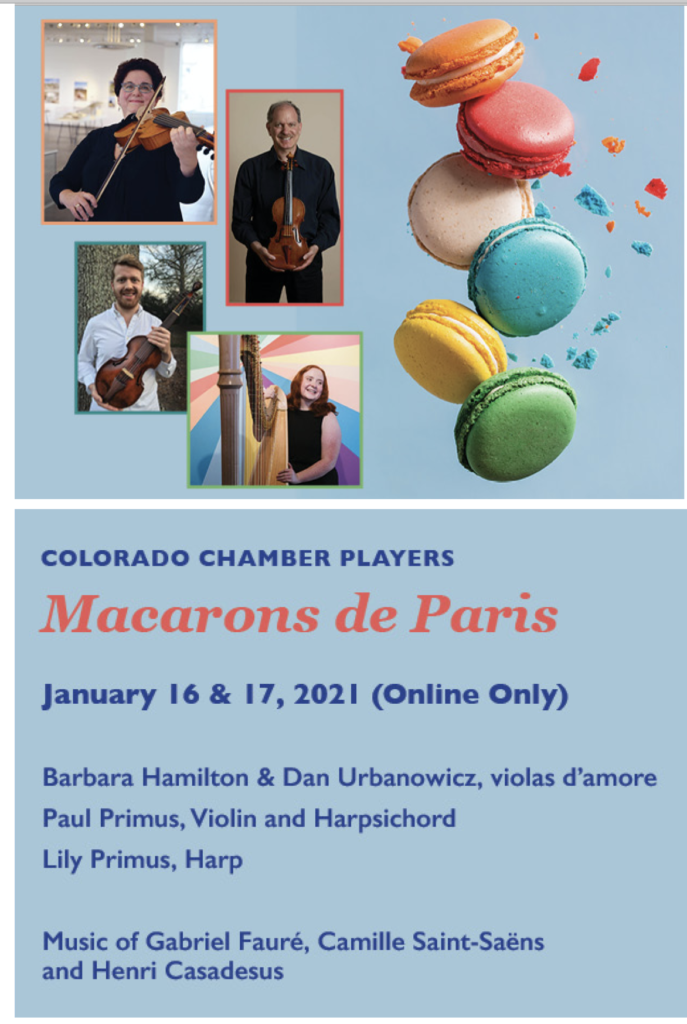Delectable Delights for Strings: Macarons de Paris
January 4, 2021
A preview by Betsy Schwarm
Imagine a sandwich cookie with cream filling. Now set aside that vision of Oreos and instead think of Parisian macarons: lighter, brighter, and infinitely more elegant than Oreos. It’s the Parisian cookie, rather than the American one, which best suits the Colorado Chamber Players online recital of early 20th century French chamber works for strings. In this case, that’s harp and violin and not just a single viola d’amore, but two.
Two violas d’amore, but nothing from the Baroque Era? Only Henri Casadesus (1879 – 1947) could make that happen. Member of a devotedly musical family, this Casadesus – not to be confused with his pianist nephew Robert (1899 – 1972) – began his career playing viola in string quartets. However, in 1901, he joined with Camille Saint-Saëns (1835 – 1921) to found La Société des Instruments Anciens, which sought to revive interest in 17th and 18th century instruments that had fallen from favor. With an ensemble that included several of his siblings (Henri was one of nine children), he began concertizing internationally on viola d’amore.
This elder cousin of the more familiar viola is a bit bigger and of richer voice. However, a more significant difference is found in its strings: two sets, one lying above the other. The upper set is played with bow and finger-tips; the lower set of “sympathetic strings” vibrates or resonates with the upper strings, providing a haunting, fuller tone color. Casadesus’ recitals brought it to new audiences, at first with Baroque repertoire originally written for the instrument. However, Casadesus himself, having a taste for composing, wrote two dozen preludes for viola d’amore: one based on each of the standard major and minor keys. What Chopin had done for the piano, and before him, Bach for the keyboard, Casadesus wished to do for his new/old favorite instrument. He even specified different tuning for the sympathetic strings, providing additional resonance in any key.
To the solo viola d’amore, Casadesus added accompaniment by harpsichord or harp. The Colorado Chamber Players’s Macarons de Paris program will feature all 24 Preludes: twelve with harp accompaniment and the other twelve with harpsichord. Those with harp will feature Barbara Hamilton on viola d’amore and Lily Primus, a Rice University music student, on harp. The other twelve Preludes will combine the talents of Daniel Urbanowicz on viola d’amore and Paul Primus on harpsichord. Why a different violist d’amore here? Given the rarity of performance opportunities for viola d’amore players, it seemed fairer to share the wealth. For listeners, it’s a chance to hear different approaches to the viola d’amore’s special character. Hamilton says, “Each Prelude is a little morceaux – evocative of all the music surrounding Casadesus… but definitely written in his own unique style.” Urbanowicz concurs: “I think Casadesus wished to free the viola d’amore from its inflexible past by following in the footsteps of Bach. Whether or not he was successful is up to you to decide!”
The remainder of the program includes no violas d’amore, but plenty of harp, so young Ms. Primus will remain in the spotlight. Music is in her blood: Paul Primus is her dad and Barbara Hamilton, one of the violists d’amore for the Casadesus, is her mom. Thus, three of the four performers for the recital are of the same family, and the musical genes go back two further generations. Proud parents showing off a daughter’s talents? Not entirely. As Dad remarks, “Lily is a very talented and very professional musician. She is considerably more advanced as a musician than I was at her age.” Mom agrees: “She is a wonderful musician, and the future looks bright for her.” Lily herself adds, “It was really great to work with my parents because of all their knowledge and experience. They helped me learn.” Here’s a situation in which one can truly expect a unified artistic vision.
To give further prominence to the harp, works by two of Casadesus’ elder countrymen will be performed: the Fantaisie of Camille Saint-Saëns (1835 – 1921) and the Impromptu of Gabriel Fauré (1845 – 1924). Many harpists concede that the Fauré has issues of provenance: it carries Fauré’s name, though strong evidence suggests he had help. With a deadline from the Paris Conservatoire looming, Fauré apparently recruited his harpist colleague Alphonse Hasselmans (1845 – 1912) to lend a hand. Indeed, halfway through the Impromptu, the mood shifts from gentle notturno to sparkling cascades of passagework. Curious how a harpist manages that transition? Ms. Primus says the main theme “stays true throughout the entire piece; the performer just has to put in the work to find the melody and phrase it beautifully.”
Saint-Saëns’ Fantaisie in A major, op. 124 is better documented, as well as being larger scale. Dating from 1907, it is no harp solo: it’s scored for violin and harp. Paul Primus observes, “I feel that [Saint-Saëns] achieved excellent balance between the violin and the harp, though the violin does get the lion’s share of melodic material. His writing for the violin in this piece lies well and is gratifying to play, without too much stress. What more could you ask for?” Gratification without stress: there’s a laudable goal, and listeners can indulge in it, as well. After all, listeners don’t need to concern themselves with each individual note; they get to go straight to the indulgence of the experience.
The Colorado Chamber Players Macarons de Paris program will be online only: Saturday, January 16, 2021 at 7pm MST, and then Sunday, January 17, at 11am and also 4pm MST. Tickets are available by clicking on the On the Stage link below, and are affordably priced, with family passes ($25), individual passes ($10), and special passes for students and/or the unemployed ($5) – so very numerous in these challenging times.
https://www.onthestage.com/show/colorado-chamber-players/macarons-de-paris-55420
Please purchase your pass not less than two hours prior to the performance, to be sure that your e-mailed confirmation with access link arrives in time. We’ve all had the chance to discover that the internet can be an unpredictable beast! However, it’s currently the best way to reach out to music lovers – and the only practical method of making a performance available to all, far and wide.
Never heard even one viola d’amore, let alone two? The Colorado Chamber Player’s Macarons de Paris online recital can provide that opportunity, even as it allows listeners to immerse themselves in delicious music that sparkles and sings.
Incidentally, for insights into how one manages socially-distanced ensemble performance when that “distance” spans about 2000 miles, look elsewhere on Scen3!


